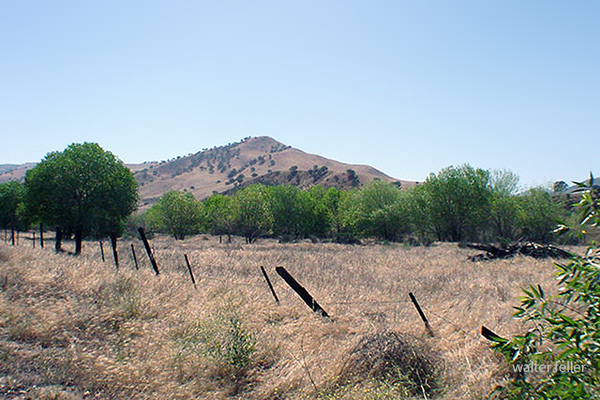History of Kern County, California (Wallace M. Morgan, 1914):

Pre-1850s
- Native Yokuts and Serrano tribes inhabit the region, living along rivers and valleys, practicing hunting and gathering.
- Lieutenant Edward F. Beale later establishes the Tejon Reservation to “civilize” and protect these groups.
1849
- Naturalist John Audubon travels through the area, recording early observations of wildlife and the potential for settlement.
1851
- First discovery of gold along the Kern River sparks a regional rush.
- Miners arrive from southern and northern routes, establishing primitive camps.
1852–1854
- Quartz mining begins at Keysville; the Keys and Mammoth Mines become notable operations.
- The first quartz mill is hauled from San Francisco.
- Mining towns like Whiskey Flat and Kernville emerge.
- Discovery of the Keys Mine in 1854.
1857
- California legislature passes a reclamation act for swamp and overflow lands.
- Early settlers, including Colonel Thomas Baker, began reclaiming the Kern Delta.
- A major flood reshapes portions of the lower Kern River lands.
1859
- The site of modern Bakersfield is first identified.
- Early cattlemen and settlers began to locate along the delta.
1860s
- Havilah was founded as a mining center and later became the first county seat.
- Immigrant roads and stage lines cross the valley.
- Floods of 1867–68 create temporary lakes and swamps; drainage projects follow.
- Early schools and cotton crops were established.
- Outlaw Tiburcio Vasquez operates in the region; wild-horse catching is common.
1866–1870
- Transition from placer mining to agriculture and stock raising.
- Swamp land patents granted to Baker and others.
- Ranching and sheep industries expand.
1868–1872
- Kern County formally created from parts of Tulare and Los Angeles counties.
- County seat at Havilah; first county officials elected.
- Colonel Baker becomes prominent in reclamation and civic improvement.
- 1872: Death of Colonel Thomas Baker, widely regarded as the founder of Bakersfield.
1873–1876
- Bakersfield wins the county seat election (1874).
- Town incorporated (1873) and disincorporated (1876).
- Havilah declines; Bakersfield begins steady growth.
- Early capitalists such as Livermore and Redington invest in local enterprises.
1877
- Severe drought devastates the county’s cattle and farming interests.
- Settlement expands in Tehachapi; first apple orchards planted.
1878–1885
- Water rights disputes intensify between Haggin, Carr, Miller & Lux.
- Major court cases begin over Kern River usage.
- Construction of irrigation ditches and canal systems begins.
- Early colonization efforts launched.
1880s
- Tehachapi develops as a railroad and agricultural community.
- Lynchings and outlaw conflicts occur during this rough period.
- Bakersfield experiences a fire and rebuilding effort.
- Introduction of electricity and other public utilities.
1890–1895
- Mining resurgence: discovery of the Yellow Aster Mine at Randsburg.
- Other desert mining districts (Amalie, Tungsten) discovered.
- Bakersfield gains street railways and gas/electric utilities.
- Great railway strike affects local commerce (1894).
1899
- Discovery of oil near McKittrick and Sunset; first wells drilled.
- Beginning of Kern County’s modern oil era.
1900–1905
- Kern River oil field developed; Elwood brothers credited with major discovery.
- Early pipelines and refineries built.
- Bakersfield begins paving, civic expansion, and population growth.
1906–1910
- Lakeview gusher (1910) becomes one of California’s largest oil strikes.
- Consolidated Midway and North Midway fields expand.
- Gushers flood markets; oil regulation and conservation efforts start.
- Bakersfield experiences building boom; new roads and public buildings constructed.
1911–1913
- Pump irrigation develops in valley towns like Wasco and McFarland.
- Citrus and apple industries expand.
- Bakersfield and Kern consolidate as one municipality.
- Bonds issued for paved roads and infrastructure.
- County churches, schools, and civic institutions flourish.
1914
- Publication of Morgan’s History of Kern County marks the county’s transition from frontier to industrial modernity.
- Bakersfield stands as the regional center of oil, agriculture, and commerce.
